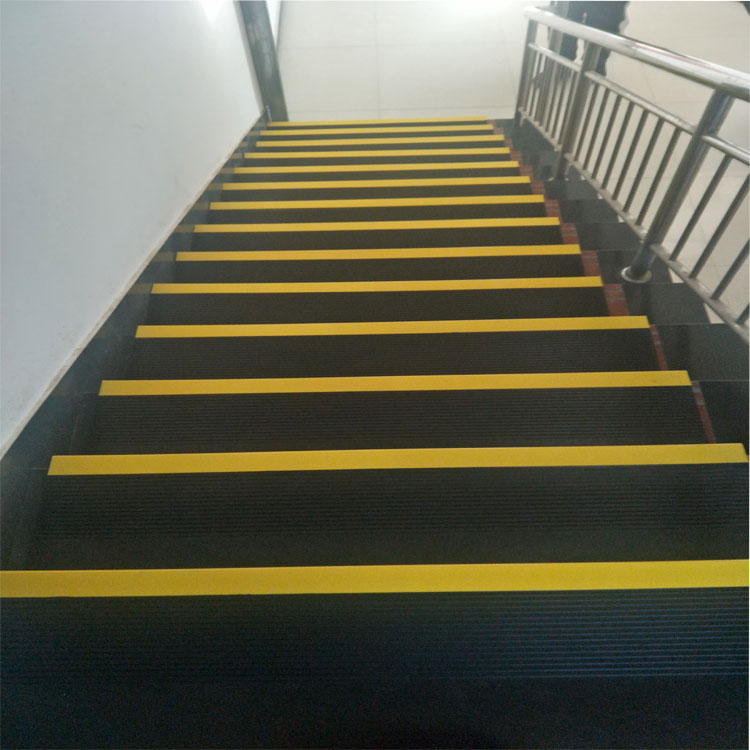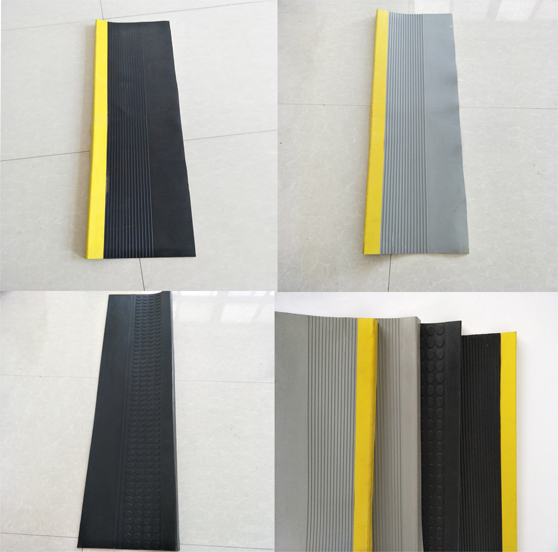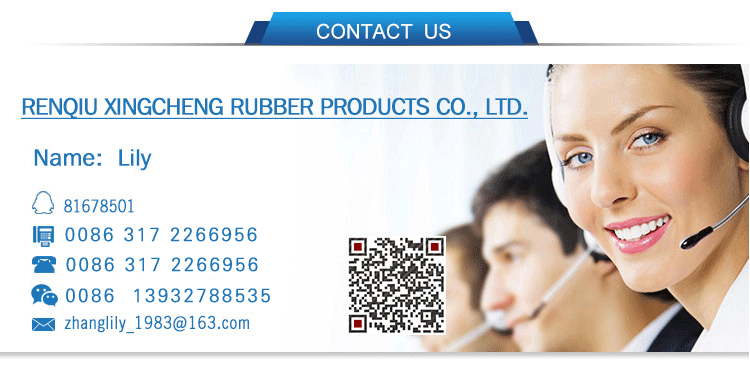- In recent years, cold heading steel has gradually developed toward high cold deformation ability, omitting or simplifying annealing and heat treatment processes, low alloy or microalloying, in order to achieve high performance and low cost requirements for fastener production. ML20MnTiB is a typical representative of this development direction.
ML20MnTiB cold heading steel wire rod is mainly used for bridges, boiler frames, large-span industrial buildings, high-rise civil buildings, various towers, lifting machinery and other steel structure connections. At present, users use this steel type instead of ML40Cr to reduce cold heading. The pre-annealing process reduces production costs.
The general production process of the user is hot rolled wire rod→ pickling phosphating→drawing→cold forming→twisting→tempering treatment→blackening→packaging. Recently, the company has developed a large-scale high-strength cold-rolled steel ML20MnTiB. In order to verify the product performance and better serve the users, Handan Iron and Steel has studied the quenching and tempering process of ML20MnTiB.1 test                                                                                          Â
The microstructure of ML20MnTiB after quenching at 840-880 °C is mainly composed of martensite and a small amount of retained austenite, and then tempered martensite by low temperature tempering to meet the strength requirements of standard parts above 12.9; , to obtain a very uniform tempered troostite, meeting the requirements of standard parts above 10.9.
1.1 Test material The test material is φ20mm ML20MnTiB hot-rolled wire rod rolled by high-speed steel of Handan Iron and Steel. The chemical composition is shown in Table 1.
The structure of the test material is ferrite + a small amount of pearlite, the grain size is 8.5-9.5 grade, and there is no hard and brittle structure which is unfavorable to the plasticity of the wire rod, such as Wei's structure, bainite and martensite.
1.2 Test method Take ML20MnTiB wire rod of hot-rolled state φ20mm, cut into 12 pieces of 400mm long sample, and carry out quenching and tempering test of 4 kinds of schemes and 3 samples of each scheme. Heating in a box-type resistance furnace at a rate of 0.5 ° C / s to a predetermined temperature, holding for 50 min, oil quenching, quenching medium is 0 # diesel, cooled to room temperature in oil, and then heated to a predetermined rate of 0.5 ° C / s The temperature was tempered, the tempering time was 75 min, and the air was cooled after being discharged. The specific quenching and tempering test plan is shown in Table 2.
1.3 Test results 1.3.1 Metallographic structure The cross-section sample was taken from the tempered wire rod, and the metallographic sample was prepared by inlaying, grinding, polishing and 4% nitric acid alcohol solution. The optical microscope was used to observe the materials under different processes. Organizational status. Figure 1 shows the microstructure of ML20MnTiB after quenching and tempering.
1.3.2 Mechanical properties After processing, the wire rod after quenching and tempering is processed into tensile specimens, and the mechanical properties are tested. The test results are shown in Table 3.
1.3.3 Hardness test For the tempered wire rod, three longitudinal section specimens were taken for each process, and then the inlaid specimens were tested for Rockwell hardness on an automatic digital display convex Rockwell hardness tester. Model LRH6000, 120 diamond cone, place the sample on the stage, load 150kgf for 5s, and measure the hardness of the sample at different positions. The test point position of the sample hardness is shown in Figure 2. The hardness of ML20MnTiB after quenching and tempering is shown in Table 4.
2 analysis                                                                                      Â
2.1 Analysis of the structure It can be seen from Fig. 1 that ML20MnTiB is quenched at 860-880 °C and tempered at 200 °C to obtain a low-temperature tempered martensite structure with a small amount of granular cementite formed in the matrix structure, compared with 3 #æ ·(860°C quenching), 1# sample (880°C quenching) the amount of granular cementite is slightly more; ML20MnTiB is quenched at 860-880 °C, and then tempered at 420 °C to obtain tempered troostite structure, matrix There is a large amount of granular cementite formed in the tissue. By comparing the microstructures of different test schemes, it can be seen that quenching in the range of 860-880 °C, the quenching temperature has less influence on the microstructure of the wire rod after heat treatment, and the tempering temperature has a greater influence.
2.2 Performance analysis It can be seen from Table 3 that quenching in the range of 860-880 °C, the effect of quenching temperature on the tensile strength of the wire rod is not as great as the tempering temperature. And the higher the quenching temperature, the lower the tempering temperature, the higher the tensile strength of the sample, and the lower the elongation and the reduction of the section. From the point of view of mechanical properties, ML20MnTiB makes a 10.9 grade fastener reasonable tempering process: 850-880 °C oil quenching +400-440 °C tempering, can get good strength and plasticity matching; if the tempering temperature is reduced to 200 Around °C, the plasticity drops significantly.
It can be seen from Table 3 and Table 4 that the influence of different process schemes on the hardness is similar to the tensile strength of the material. The hardness of the tempering at 200 °C is higher than that of the tempering sample at 420 °C by 7-8 HRC. For the φ20mm specification wire rod, there is basically no difference between the surface hardness and the core hardness of the sample, indicating that the φ20mm large size ML20MnTiB can also be completely hardened, and the ML20MnTiB has good hardenability.3 conclusions                                                                                   Â
1) ML20MnTiB is tempered by 850-880 °C oil quenching +400-440 °C to obtain tempered troostite structure, which has good strength and plasticity matching. It is suitable for making 10.9 fasteners.
2) ML20MnTiB has good hardenability, and is quenched in oil for φ20mm large size, and there is basically no difference between core hardness and edge hardness.
3) ML20MnTiB is tempered by 850-880 °C oil quenching +200-220 °C to obtain low temperature tempered martensite structure, but the strength can not meet the strength requirement of 1200MPa grade. If you want to make 12.9 grade fastener, you need ML20MnTiB Composition, hot-rolled structure, quenching medium, tempering temperature, etc. were further studied.
The antislip product, beautiful, functional and environmentally friendly, which gives a full covering of the whole stair and landing area, offer extreme slip resistance due to rubber wearlayer which is chemically bonded to the top surface.
Slip stair treads and landing covers are the ultimate choice for dealing with potential slip hazard areas. Once it is installed stair safety is instantly improved.
Features of stair tread
Size of stair tread - could be design according to customer specific reqruirements, there are more chice than rubber stair treads.
Durable - Withstands the elements longer than concrete lasting at least 20+ years without replacement. Also can withstand the abuse of children, bikes, skates and weights.
Safety - Superior and resilient shock absorption characteristics. Non-slip surface provides a safe application for children to play on. No more slivers in your feet. The decorative rubber surface provide years of relaxation.
Fade Resistant - The tiles are manufactured using UV stable ingredients; therefore minimal fading will occur over extended periods of time.
Attractive - Most tiles and pavers come in six different colours and up to three surface treatments.
Maintenance Free - Once secured, our product provides a wear resistant seal, which is easy to clean and disinfect. No more staining, painting or replacing broken deck boards
Versatile - Ideal for use as a patio or deck covering, on walkways or entryways. Other common applications include driveways, play areas and as a wheelchair accessible floor system.


Company in Formations:
RenqiuXingcheng Rubber Products Co., Ltd. is located in the side of the Baiyang lake, our company is professional manufacturer of rubber products. We are one of the leading rubber company in china,The company is a private enterprise which is engaged in scientific research, production, sales and service and has obtained ISO 9001 certification. Our main business is producing all kinds of rubber products, including anti-skid plates, Rubber Sheet Series, Rubber Mat Series and horse mat series ect., The products are shockproof, anti-wear, anti-high and low temperature, anti-aging, oil resistant and chemical resistant in character.At present, our products have been sold at home and abroad and mainly exported to Canada, Germany, Chile, etc. We welcome domestic and foreign merchants to negotiate and cooperate with us. We are willing to join hands with old and new friends in creating a better tomorrow.

Rubber Stair Treads,Stair Nose Treads,Round Nose Stair Tread,Rubber Strip Stair Treads
Renqiu Xingcheng Rubber Products Co., Ltd. , https://www.rubbermats.nl